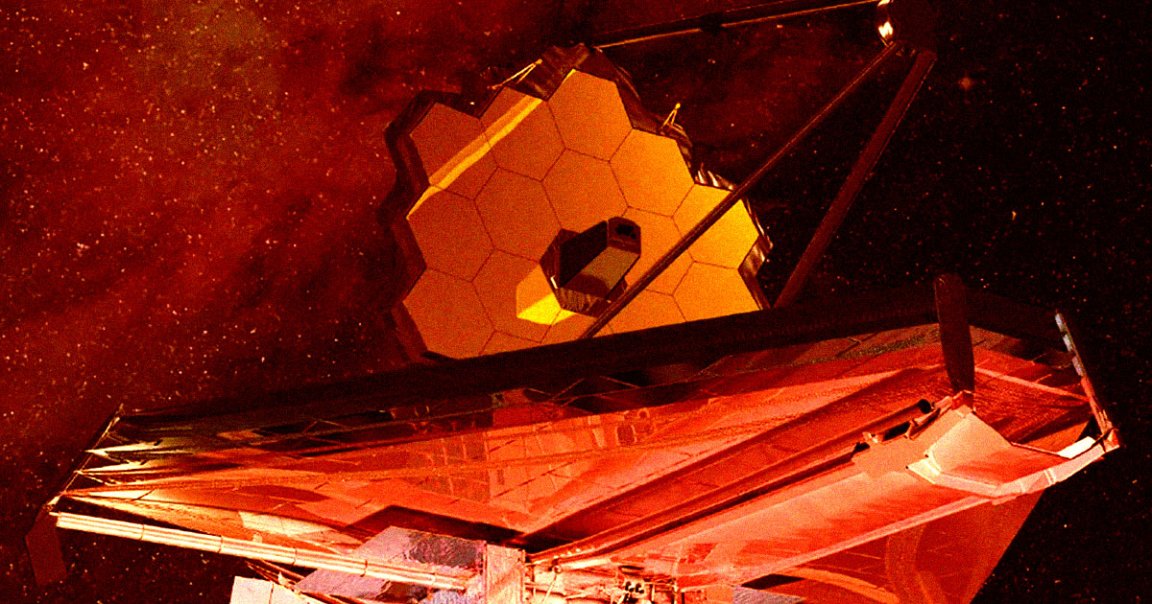
Enhance
A team of astronomers claims they have uncovered two of the most distant galaxies (and hence the oldest) in the universe so far using NASA’s James Webb Space Telescope. Intriguingly, one of them is unusually bright and large, the scientists say.
The two galaxies, which date back to just 300 million years after the Big Bang, are ponderously named JADES-GS-z14-0 and JADES-GS-z14-1. Their discovery, characteristics, and evolution are detailed in three new yet-to-be-peer-reviewed papers.
Of the two galaxies, JADES-GS-z14-0 stands out for its size and bright luminosity, according to the researchers. It is also the most distant of the two at just 290 million years after the Big Bang, when the universe was just 2 percent of its current age.
“The size of the galaxy clearly proves that most of the light is being produced by large numbers of young stars, rather than material falling onto a supermassive black hole in the galaxy’s center, which would appear much smaller,” said Harvard University astronomy professor and one of the study’s lead authors Daniel Eisenstein in a statement.
This study shows that the galaxies were able to form relatively quickly in the early years of the universe, according to the researchers.
“JADES-GS-z14-0 now becomes the archetype of this phenomenon,” said Scuola Normale Superiore Pisa astrophysics professor and one of the lead authors Stefano Carniani in a statement. “It is stunning that the universe can make such a galaxy in only 300 million years.”
A Star Is Born
The team is eager to utilize the James Webb Space Telescope to peer even further into the earliest years of the universe. Just recently, another team of astronomers used the space telescope to find a trio of baby galaxies being born from a dense cloud of hydrogen.
The early phase of the universe that these astronomers have been examining is characterized by dense clouds of gas collapsing under their own gravity and becoming hot enough to kickstart nuclear fusion, becoming the first stars.
“Despite being so young, the galaxy is already hard at work creating the elements familiar to us on Earth,” said one of the paper’s coauthors and University of Arizona graduate student Zihao Wu in the statement.
Using the space telescope to peer into this early history gives us a better understanding of how the universe came into existence — perhaps, how it’ll ultimately end.
More on the James Webb Space Telescope: James Webb Turns to Examine Planet Showing Potential Sign of Life